Mengqi Liu
Cora: Accelerating Stateful Network Applications with SmartNICs
Oct 29, 2024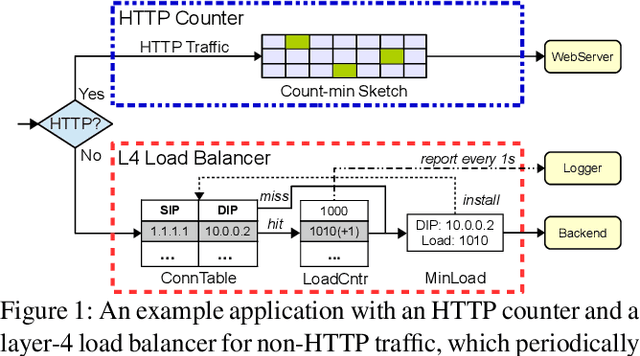
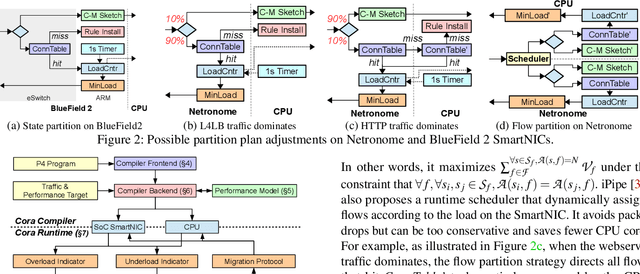
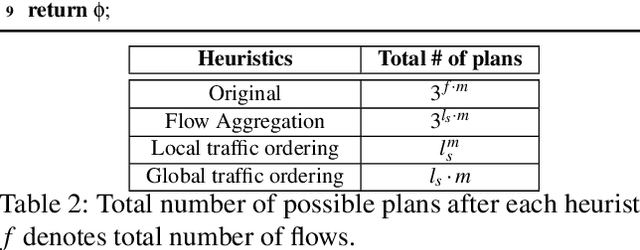

Abstract:With the growing performance requirements on networked applications, there is a new trend of offloading stateful network applications to SmartNICs to improve performance and reduce the total cost of ownership. However, offloading stateful network applications is non-trivial due to state operation complexity, state resource consumption, and the complicated relationship between traffic and state. Naively partitioning the program by state or traffic can result in a suboptimal partition plan with higher CPU usage or even packet drops. In this paper, we propose Cora, a compiler and runtime that offloads stateful network applications to SmartNIC-accelerated hosts. Cora compiler introduces an accurate performance model for each SmartNIC and employs an efficient compiling algorithm to search the offloading plan. Cora runtime can monitor traffic dynamics and adapt to minimize CPU usage. Cora is built atop Netronome Agilio and BlueField 2 SmartNICs. Our evaluation shows that for the same throughput target, Cora can propose partition plans saving up to 94.0% CPU cores, 1.9 times more than baseline solutions. Under the same resource constraint, Cora can accelerate network functions by 44.9%-82.3%. Cora runtime can adapt to traffic changes and keep CPU usage low.
Targeted Source Detection for Environmental Data
Aug 29, 2019
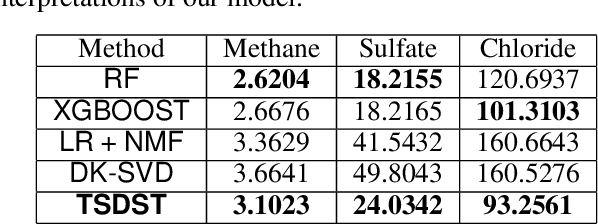

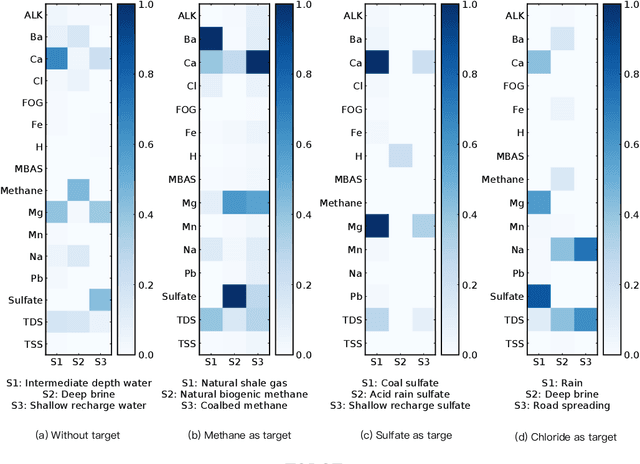
Abstract:In the face of growing needs for water and energy, a fundamental understanding of the environmental impacts of human activities becomes critical for managing water and energy resources, remedying water pollution, and making regulatory policy wisely. Among activities that impact the environment, oil and gas production, wastewater transport, and urbanization are included. In addition to the occurrence of anthropogenic contamination, the presence of some contaminants (e.g., methane, salt, and sulfate) of natural origin is not uncommon. Therefore, scientists sometimes find it difficult to identify the sources of contaminants in the coupled natural and human systems. In this paper, we propose a technique to simultaneously conduct source detection and prediction, which outperforms other approaches in the interdisciplinary case study of the identification of potential groundwater contamination within a region of high-density shale gas development.
 Add to Chrome
Add to Chrome Add to Firefox
Add to Firefox Add to Edge
Add to Edge